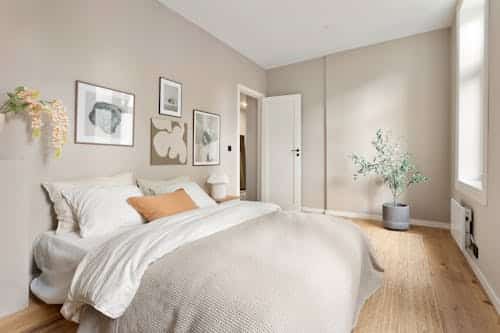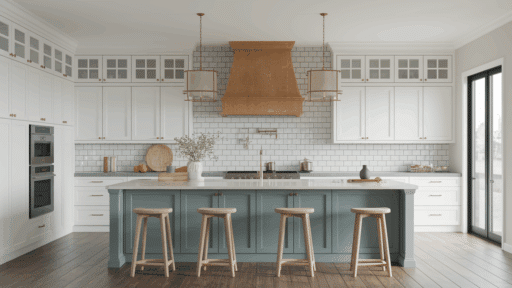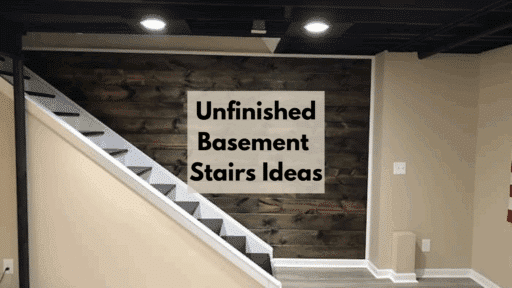Modern life often feels rushed, but home should offer a different pace. A well-designed space can help create a calmer daily routine where there’s time to pause, breathe, and enjoy simple moments. It’s not about filling rooms with more things but about making thoughtful choices that support comfort and ease. The way a home is arranged can encourage a slower lifestyle, helping to reduce unnecessary stress and making everyday living more enjoyable.
Design elements such as soft textures, flexible spaces, and natural light all play a part in setting a relaxed tone. Small adjustments can make a big difference in how a home feels and functions. By focusing on comfort, flexibility, and quiet areas, it’s possible to shape a living environment that naturally supports a slower, more mindful way of life.
Calm and Cosy Bedroom
A bedroom should be more than just a place to sleep – it should feel like a retreat from the busyness of the day. Soft colours, gentle lighting, and minimal furniture help create a restful atmosphere. Avoiding clutter and keeping only the essentials in the room can make it easier to relax and unwind. A calm bedroom design encourages better sleep and sets the tone for slower mornings and peaceful evenings.
One simple addition that enhances comfort is bamboo linen bedding. The natural texture and breathability of linen offer a relaxed look and feel, making the space more inviting. Unlike more structured or formal fabrics, bamboo linen brings a sense of ease to the bedroom, supporting a comfortable environment where rest comes naturally.
Built-In Seating Nooks
Having small seating areas throughout the home encourages moments of pause. Built-in seating nooks offer a casual place to sit, read, or simply take a break during a busy day. These spaces don’t require much room but can quickly become favourite spots for quiet reflection or enjoying a cup of tea.
Placing these nooks near windows or in quieter corners of the home helps to create a natural invitation to slow down. They serve as gentle reminders to take time out without needing to retreat to a separate room. It’s a simple design choice that supports a more relaxed daily rhythm.
Room Dividers for Calm Corners
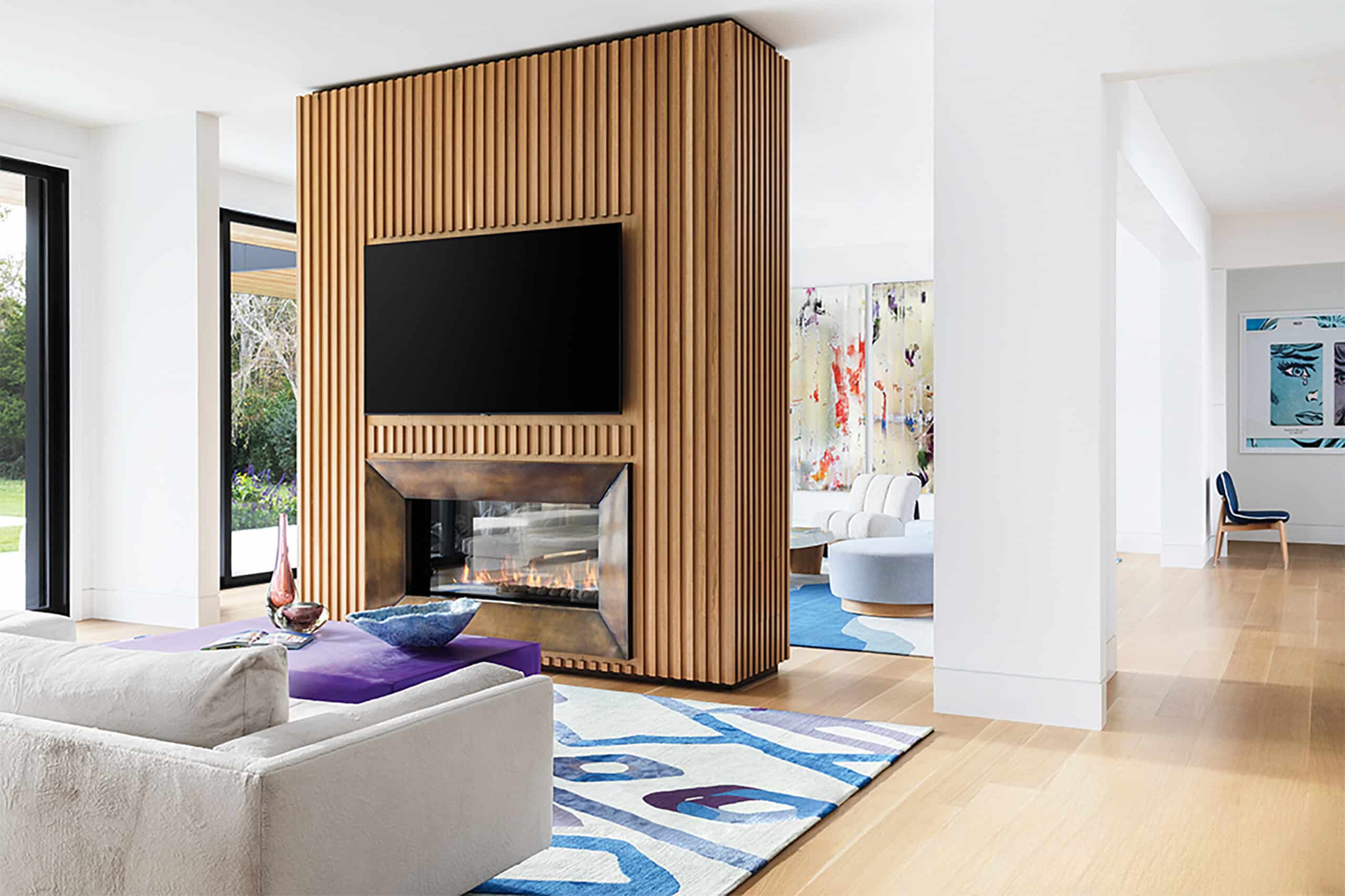
Open-plan living can feel spacious, but sometimes it lacks areas for quiet and privacy. Using room dividers is a subtle way to create calm corners without building full walls. These dividers can help separate spaces for reading, resting, or working without completely closing off a room.
Lightweight screens, shelving units, or even curtains can act as effective dividers, offering flexibility depending on the time of day or activity. This way, your home feels open yet still provides places where one can step away from distractions and enjoy a bit of peace.
Windows Framing Views
The placement of windows can have a big impact on how a home feels. Positioning windows to frame peaceful outdoor views helps bring a sense of calm into everyday spaces. Whether it’s a garden, trees, or even just the sky, having a clear view of nature encourages quiet moments throughout the day.
Designing seating or work areas near these windows makes it easier to enjoy natural light and calming scenery. It’s a simple but effective way to connect indoor spaces with the outside world, supporting a slower and more comfortable atmosphere at home.
No-Screen Zones
Creating a no-screen zone in the home can help encourage more mindful and relaxed time away from constant digital interruptions. Designating a space where phones, tablets, and televisions are left behind allows for reading, conversation, or simply unwinding without distractions.
This could be a corner of the living room, a cosy nook, or even part of a bedroom. Adding comfortable seating, soft lighting, and a few books or games makes it an inviting area. Having a dedicated place to disconnect supports a calmer daily routine and helps set boundaries between work, entertainment, and true relaxation.
Entryways With Seating
The way you enter and leave your home can influence how rushed or calm your day feels. Adding seating to entryways makes it easier to slow down when coming and going. A bench or chair provides a spot to sit while putting on shoes, setting down bags, or taking a moment before heading out.
This small design choice encourages a smoother transition between the outside world and the comfort of home. It also helps keep entrances organised, reducing clutter and creating a welcoming space that sets a relaxed tone as soon as you walk through the door.
Hallways as Transitional Spaces
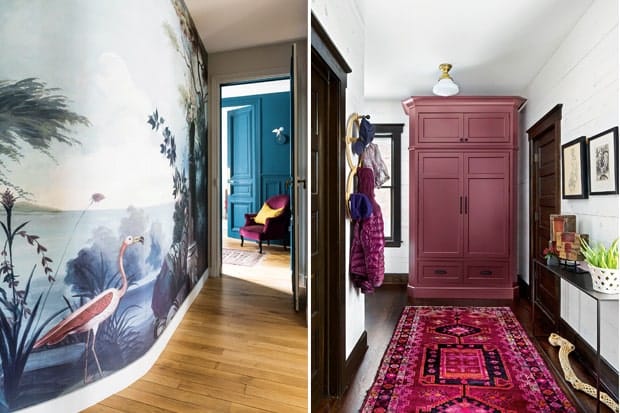
Hallways are often overlooked, treated as simple paths between rooms. However, with thoughtful design, they can become part of a home’s calming atmosphere. Soft lighting, natural materials, or a few carefully chosen pieces of decor can turn a hallway into a gentle transition space rather than just a passage.
By slowing the pace as you move through the home, these spaces help maintain a relaxed flow. Instead of rushing from one room to another, a well-designed hallway can encourage brief pauses, adding to the overall sense of comfort and ease within the home.
Using Natural Materials for a Softer Feel
Incorporating natural materials such as wood, stone, or cotton fabrics can instantly make a home feel more grounded and calming. These textures bring warmth and simplicity to a space, helping to create an environment that feels inviting without being overstated.
Whether it’s wooden furniture, woven baskets, or linen curtains, natural elements promote a connection to slower living by encouraging a more organic and relaxed atmosphere. Choosing materials that age well and require minimal upkeep also supports a home that feels effortless and comfortable over time.
Designing a home for slower, more comfortable living doesn’t require major changes. It’s about thoughtful details that encourage relaxation, flexibility, and mindful moments throughout the day. From creating quiet corners to framing peaceful views, each choice contributes to a space where life feels less hurried and more enjoyable. With simple adjustments, any home can become a place that supports a calmer, more comfortable way of living.

